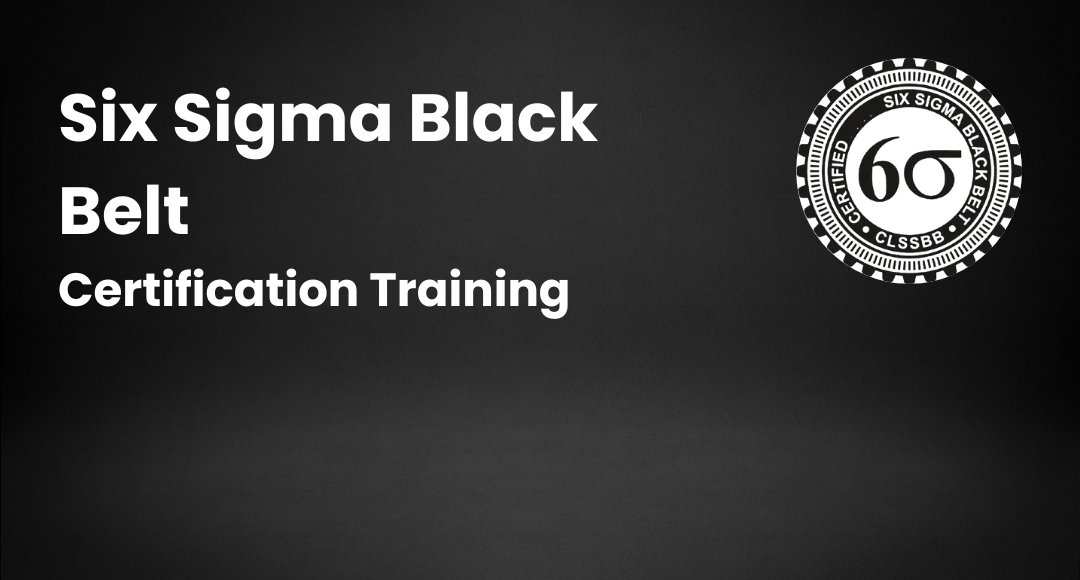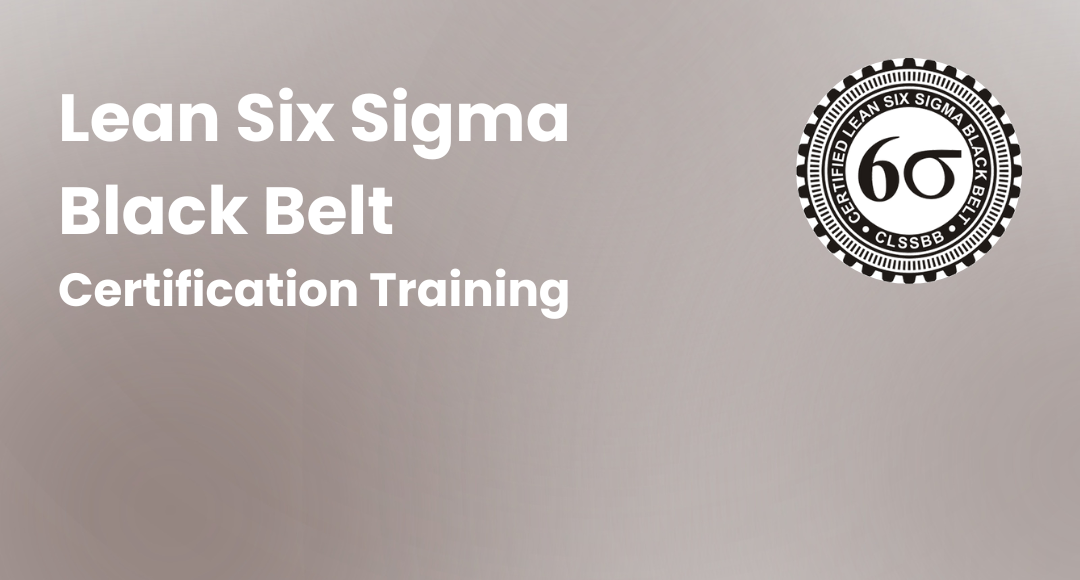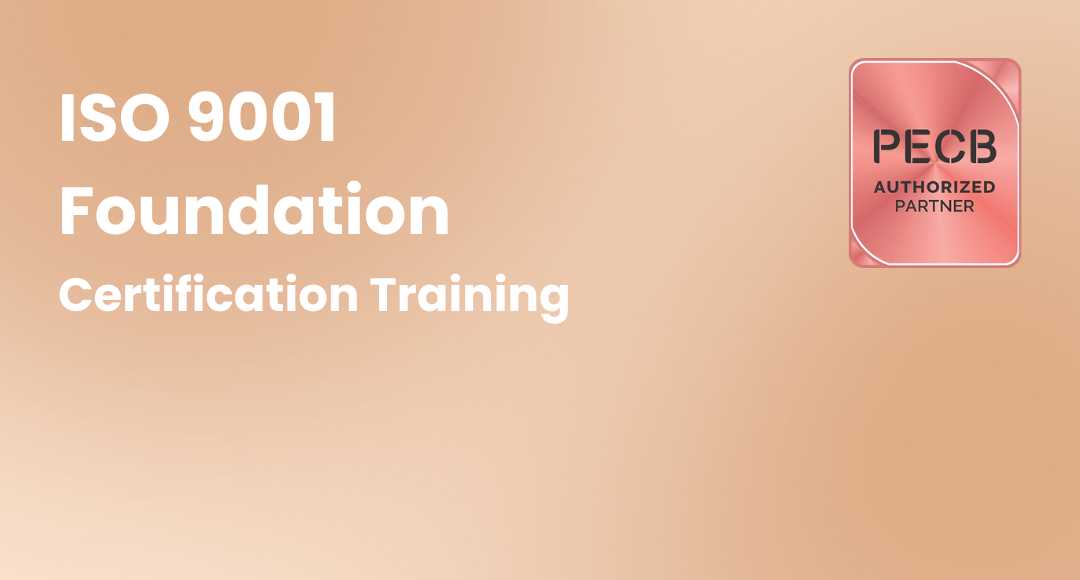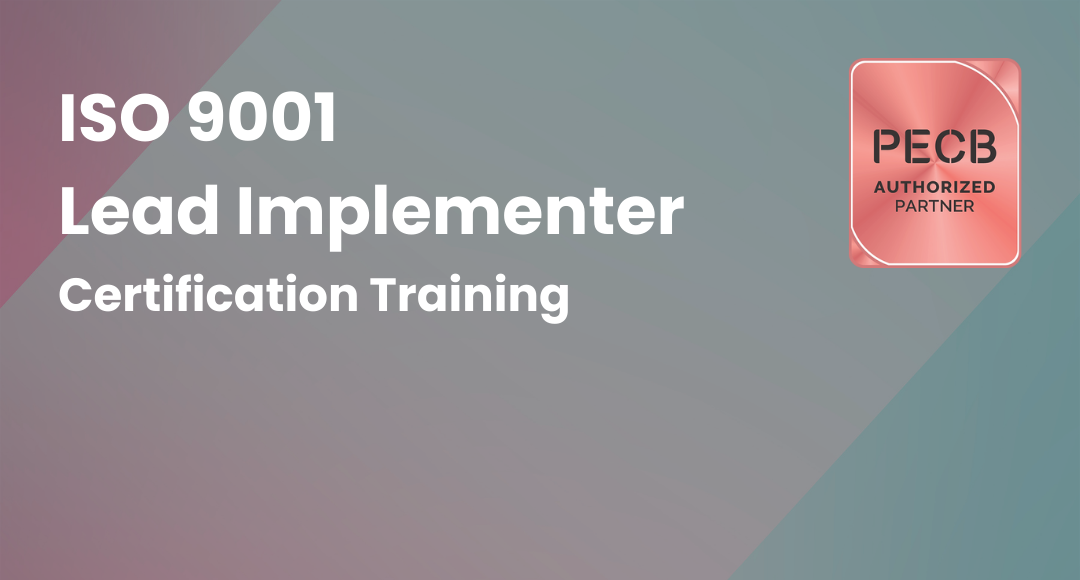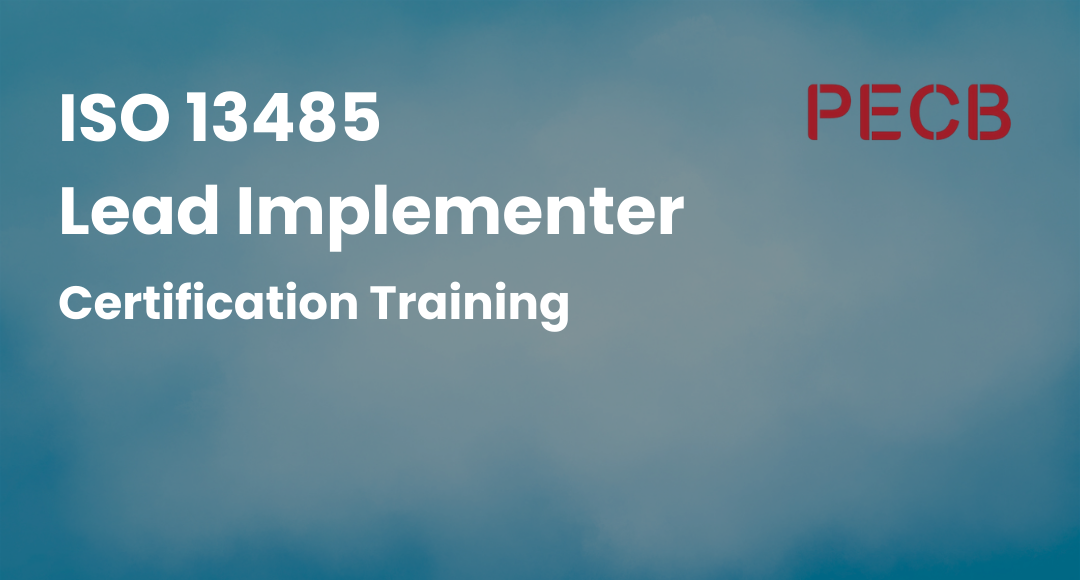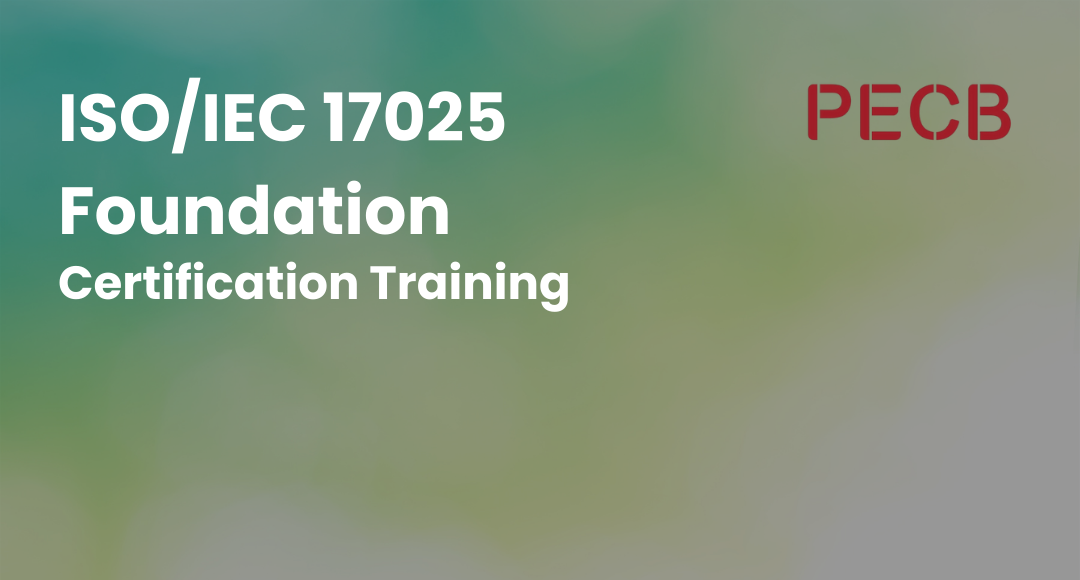Understanding Lean Manufacturing's Pros and Cons
-
 By Niharika Chaurasia
By Niharika Chaurasia - Published on Dec 30 2024

The Objective of Lean Manufacturing
Lean manufacturing is a business superhero, boasting a legacy since its initiation by Toyota in the 1950s. This strategy champions efficiency slashes waste, and has a proven track record of fostering continuous improvement.
Statistics reveal that companies embracing lean manufacturing report an average waste reduction of 20-30%, showcasing its tangible impact. It's about being smart with time, materials, and energy, allowing businesses to create top-notch products without breaking the bank.
In essence, lean manufacturing acts as a makeover for companies, enabling them to do more with less, ensuring smoother and smarter operations. Notably, 89% of businesses implementing lean practices see an improvement in their overall operational efficiency.
The primary objective of lean manufacturing is simple – be exceptionally good at what you do. Companies strive for super-efficiency by identifying and eliminating anything that wastes time or resources. The focus is on speed, cost savings, and continuous enhancement, akin to a superhero training program for businesses.
While lean manufacturing is a game-changer, even superheroes face challenges. This blog dives into both the pros and cons, exploring the benefits and hurdles. Interestingly, lean manufacturing has contributed to an average of 15% cost reduction for companies across various industries, highlighting its financial impact.
By understanding both sides, you'll have all the info you need to make smart choices. It's like having a guide to superheroes – showing you the cool powers and the challenges they face.
Table of Contents
Pros of Lean Manufacturing

Let's uncover the fantastic benefits of lean manufacturing, where efficiency and smart choices act like superheroes for businesses. Imagine lean manufacturing as your secret weapon for success, making everything run smoother, faster, and better. Now, let's dive into the exciting advantages that come with embracing lean practices, ensuring your business becomes a powerhouse of efficiency and quality.
Streamlined Processes
Lean production makes everything simpler, like organizing your toys neatly. It removes extra steps, making everything faster and better.
One big pro of lean production is it makes everything smoother and faster!
Elimination of Waste
In lean manufacturing, we say goodbye to waste. It's like not keeping leftovers nobody wants. Lean principles remove wasteful things, saving time and stuff.
The top pro of lean production is saying goodbye to waste and using only what's needed.
Reduced Inventory
Lean manufacturing keeps it simple with inventory. No extra stuff lying around – we order and use things right when needed, saving money on storage.
Another pro of lean production is spending less on keeping extra stuff.
Lower Production Costs
Lean manufacturing is like a money-saving wizard. By getting rid of unnecessary steps, it helps make things without spending too much. It's like making a tasty meal with fewer ingredients.
The magic pro of lean production is spending less money on making things.
Focus on Defect Prevention
Lean manufacturing is about getting things right from the start, like checking homework before submitting. It stops mistakes along the way, making sure everything is top-notch.
The best pros of lean production are preventing mistakes and making awesome products.
Continuous Improvement
Lean manufacturing is about always getting better. It's like trying to improve and find new ways to do things well. In lean practices, everyone is encouraged to share ideas for making things even better.
Enhanced Employee Morale
Lean workplaces are happier places. When workers see that their ideas for making things better are listened to, it makes them happy. Another great benefit of lean production is happy workers and a nice place to work.
Customer Satisfaction
Lean manufacturing is all about giving customers what they want when they want it. This makes customers happy and makes them want to come back. Lean practices can lead to a 20% increase in customer satisfaction.
A big advantage of lean production is happy customers who keep coming back.
In short, the pros of lean production make your business a superhero. It makes things faster, saves money, ensures top quality, makes workers happy, and keeps customers smiling. Using lean practices is like having a secret weapon for success!
Cons of Lean Manufacturing

Let's explore the tougher side of lean manufacturing. It's crucial to know the challenges along with the benefits. We'll delve into handling employee resistance, adapting to changes, and the initial costs. Understanding these challenges helps us navigate the journey to lean manufacturing more smoothly. Let's dive in and find ways to make these tough parts work in our favor.
Employee Resistance
Despite the many benefits, introducing lean manufacturing may face hurdles like employee resistance. Imagine rearranging a familiar room – it might be met with resistance. A survey found that 40% of companies face challenges due to resistance during lean implementation. This shows that while the benefits are clear, getting everyone on board can be a real challenge.
Increased Workload
Another con is the perception of an increased workload. It's like managing both homework and chores simultaneously. This suggests that while lean aims for efficiency, it can initially create a feeling of extra work.
Communication Challenges
Introducing lean manufacturing may bring about communication challenges, similar to playing a game with shifting rules. A survey found that 25% of companies reported communication breakdowns during the early stages of lean implementation. This emphasizes the need for clear communication to prevent misunderstandings.
Limited Scalability
Limited scalability is another aspect of the cons of lean manufacturing. It's like having building blocks suitable for a small tower but struggling with a skyscraper.
Research indicates that 20% of companies face scalability issues when expanding lean practices. This suggests that while lean is effective on a small scale, growing can be a bit tricky.
Resistance to Change at the Organizational Level
Beyond employee resistance, there might be resistance at the organizational level. It's like wanting to upgrade your computer system, but the entire IT department is hesitant. A survey reveals that 15% of companies encounter resistance at the organizational level during lean implementation. This emphasizes the importance of strong leadership to manage resistance at all levels.
Investment in Training and Technology
The initial investment in training and technology is a significant con of lean manufacturing. It's similar to purchasing new tools for school projects – there's a cost involved. While it's an investment, the costs can be a considerable factor for businesses considering lean adoption.
Time Required for Full Adoption
The time required for full adoption is another con of lean manufacturing, comparable to learning a new skill. A study found that it takes, on average, 2 to 3 years for companies to fully adopt lean practices. This indicates that the journey to full adoption is a gradual process, requiring patience and strategic planning.
Strategies to Address Drawbacks
Employee Training and Involvement
To tackle the cons of lean production, prioritize employee training and involvement. Overcoming resistance and workload concerns, comprehensive training fosters understanding, while involving employees instills a sense of ownership, mitigating potential drawbacks.
Flexible Implementation Plans
Combatting the cons of lean manufacturing, especially inflexibility, demands adaptable implementation plans. Avoid one-size-fits-all approaches, tailor lean principles to specific needs, and minimize potential drawbacks associated with rigidity.
Incremental Adoption Strategies
Address the cons of lean manufacturing by adopting changes incrementally. Overcoming challenges related to initial costs and employee resistance, this phased approach allows for smoother transitions and sustained success in lean production.
Prioritizing employee involvement, embracing flexibility, and adopting incremental strategies are key to addressing and mitigating the drawbacks of lean manufacturing.
Learn Lean with Sprintzeal
Elevate your professional skills with Sprintzeal, a trusted name in specialized training. Our expert-led courses ensure a transformative learning experience, empowering individuals and teams for success.
Elevate your skills with Sprintzeal's Six Sigma courses:
Lean Six Sigma Green Belt Certification:
- Master process improvement.
- Streamline operations.
Lean Six Sigma Black Belt Certification:
- Advanced process optimization.
- Leadership in Six Sigma.
Seize the opportunity to excel in process optimization. Enroll in Sprintzeal's Six Sigma Lean courses today and be at the forefront of driving organizational success.
Summary
In summary of the pros and cons of lean manufacturing, it's essential to understand both the advantages and potential challenges. Lean manufacturing excels in enhancing efficiency, reducing costs, and improving product quality.
However, challenges such as workforce resistance, a lack of flexibility, and initial implementation costs can pose hurdles. To address these cons of lean manufacturing, businesses can prioritize employee training, adopt flexible implementation plans, and opt for incremental strategies.
For organizations looking to navigate the transition seamlessly, Sprintzeal offers specialized training programs tailored to ensure the smooth adoption of lean methodologies. Invest in your team's skills with Sprintzeal today.
FAQ
What are the key benefits of Lean Manufacturing?
Lean Manufacturing brings efficiency, cost savings, and quality improvement by eliminating waste and optimizing processes.
How can businesses address the cons of Lean Manufacturing?
Mitigate challenges through employee training, flexible implementation, and incremental strategies.
Is Lean Manufacturing suitable for all businesses?
Core principles apply universally, but adaptability varies. Businesses of all sizes can benefit from tailored approaches.
Are there drawbacks to implementing Lean Manufacturing?
Yes, challenges may include workforce resistance, lack of flexibility, and initial implementation costs.
Subscribe to our Newsletters
Popular Programs
Trending Posts
DMAIC for Warehouse Safety: From Hazards to Control
Last updated on Aug 20 2025
Best Quality Management Tools
Last updated on Oct 8 2024
Introduction to Lean Manufacturing- Definitions, Framework, and More
Last updated on Nov 15 2023
Operation Manager Interview Questions and Answers
Last updated on Mar 13 2023
How to Effectively Implement a Robust Quality Management System?
Last updated on Aug 26 2024
Lean methodology, Six Sigma methodology and Lean Six Sigma Explained
Last updated on Jul 20 2023
Categories
- Other 71
- Agile Management 50
- Cloud Computing 57
- Project Management 174
- Big Data 67
- Business Management 88
- Digital Marketing 80
- IT Service Management 29
- Programming Language 59
- AI and Machine Learning 84
- IT Security 112
- Quality Management 78
- IT Hardware and Networking 26
- Microsoft Program 5
- Workplace Skill Building 13
- Risk Management 9
- Information Security 8
- Leadership and Management 9
- Corporate Training and Development 1
Trending Now
Top Career benefits of Lean Six Sigma Green Belt
ArticleLean methodology, Six Sigma methodology and Lean Six Sigma Explained
ArticleSix Sigma Black Belt Certification – Value and Career Benefits in 2026
ArticlePareto Chart in Six Sigma - Explained
ArticleSix Sigma Certification Guide - A Professional's Guide
ArticleQuality Control Explained – Six Sigma
ArticleQuality Assurance in Six Sigma Explained
ArticleQuality Assurance vs Quality Control
ArticleTotal Quality Management - A Complete Guide for Beginners
ArticleSix Sigma Certification – Everything you Need to Know About Getting Certified
ArticleLean Six Sigma on Resume for Rewarding Career Benefits
ArticleSix Sigma Yellow Belt Certification - Six Sigma for Beginners
ArticleQuality Management Interview Questions 2026
ArticleQuality Manager Interview Questions and Answers for 2026
ebookService Delivery Manager Interview Questions and Answers (With Examples)
ArticleSix Sigma Interview Questions and Answers 2026
ArticleA Supply Chain Management Guide to Mastering Logistics End to End
ArticleSenior Quality Manager Interview Questions and Answers 2026
ArticleTop Quality Analyst Interview Questions and Answers 2026
ArticleFinancial Analyst Interview Questions and Answers 2026
ArticleRisk Manager Interview Questions and Answers 2026
ArticleCompliance Manager Interview Questions and Answers 2026
ArticleOperation Manager Interview Questions and Answers
ArticleHow to Become a Quality Manager - Career, Job Scope and Certifications
ArticleHow to become a Quality Analyst
ArticleSix Sigma Certifications - Reasons Why you Should Get Them
ArticleTop Qualities of a Good Manager and a Leader
ArticleLearn about Statistical Process Control (SPC) and its top applications
ArticleCost of Poor Quality - A Detailed Guide
ArticleImplementing 5S Methodology for Better Work Efficiency
ArticleWhat Is Lean Management?
ArticleBest Six Sigma Books in 2026
ArticleLeadership vs Management - The Ultimate Guide
ArticleQuality Assurance Plan - Six Steps To Quality Assurance Plan
ArticleOperational Planning Creation, Key Elements and its Benefits
ArticleA Complete Guide to Product Life Cycle Stages 2026
ArticleDMAIC Methodology - The Ultimate Guide
ArticleSix Sigma tools for DMAIC Phases
ArticleWhat Is Lean Manufacturing?- An Overview
ArticleThe Lean Continuous Improvement Model: A Comprehensive Guide
ArticleDMAIC vs. DMADV: Key Differences and Choosing the Right Six Sigma Methodology
ArticleA Deep Dive into the Power of Lean Continuous Improvement Process
ArticleIntroduction to Lean Manufacturing- Definitions, Framework, and More
ArticleLean Continuous Improvement Methods for Business Excellence
ArticleUnderstanding the Key Principles of Lean Manufacturing
ArticleSecret to Unlock Organizational Excellence: Stages of Continuous Improvement
ArticleLean Continuous Improvement: A Detailed Guide to Mastering Organizational Quality
ArticleLean Waste Management: The Ultimate Guide 2026
ArticleA Deep Dive into Lean Continuous Improvement Tools
Article8 Wastes of Lean - Strategies for Identification and Elimination
Article5 Lean Continuous Improvement Principles to Supercharge Your Operations
ArticleThe Ultimate Guide to Lean Manufacturing
ArticleLean Waste Reduction Strategies: Boost Efficiency and Cut Costs
ArticleTop 10 Lean Manufacturing Tools for Optimal Productivity
ArticleBeyond the Basics: Benefits of Lean Continuous Improvement
ArticleWhat are Quality Standards? | A Guide to ISO Standards
Article7 Important Types of Quality Management System
ArticleISO 9001 Standard: Benefits and Certification
ArticleA Comprehensive Guide to Quality Management Systems
ArticleBenefits of QMS Certification for Your Business
ArticleStep-by-Step Implementation Guide to ISO 9001
ArticleThe Ultimate Guide to ISO 9001: Boosting Quality and Certification Success
ArticleEssential Components of a Quality Management System
ArticleQuality Management System – QSM Approaches and Methodologies
ArticleHow to Effectively Implement a Robust Quality Management System?
ArticleExplaining QMS Documentation Structure: Benefits and Best Practices
ArticleWho Needs ISO 9001 Certification and Why?
ArticleKey Elements of ISO 9001:2015 Quality Management System
ArticleOvercoming Common Challenges in ISO 9001 Certification: Tips and Best Practices
ArticleBest Quality Management Tools
ArticleTotal Quality Management (TQM) vs. Six Sigma
ArticleQuality Manager Salary: What Freshers & Experts Earn in 2026
ArticleCertified Scrum Product Owner: Job Roles And Responsibilities
ArticleTips for Continuous Integration Testing: Streamlining QA
Article10 Quality Management Strategies Adopted by Top Managers
ArticleDMAIC for Warehouse Safety: From Hazards to Control
ArticleLive Data, Faster Fixes: How Smart Monitoring Is Rewriting Quality Control
Article



